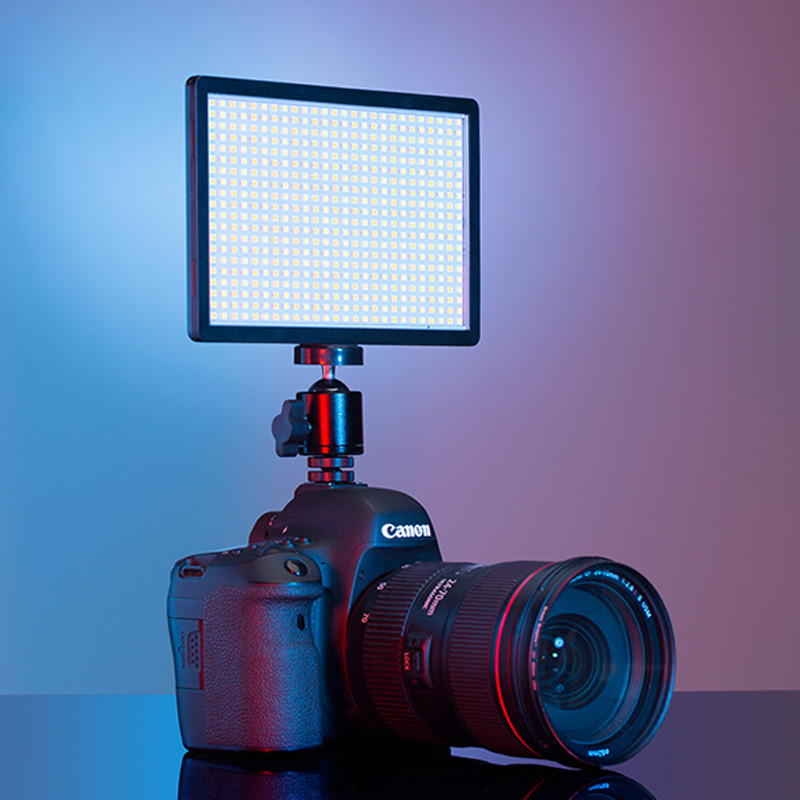Energy-saving features of LED lights:
1. LED light source has high luminous efficiency
Luminous efficiency comparison: incandescent light efficiency is 10-15lm, halogen tungsten light efficiency is 12-24 lumens/watt, fluorescent lamp 50-90 lumens/watt, sodium lamp 90-140 lumens/watt, most of the power consumption becomes heat loss.
LED light efficiency: it can emit 50-200 lumens/watt, and the light has good monochromaticity, narrow spectrum, no need to filter, and can directly emit colored visible light.
2. LED light source consumes less power
LED single tube power is 0.03-0.06 watts, using DC drive, single tube driving voltage 1.5-3.5 volts. The current 15-18 mA has a fast response speed and can be operated at high frequency. Under the same lighting effect, the power consumption is one ten thousandth of that of incandescent lamps and one-half of fluorescent tubes. Japan estimates that if it is used LEDs with luminous efficiency twice higher than fluorescent lamps replace half of Japan’s incandescent and fluorescent lamps, saving 6 billion liters of crude oil each year. A fluorescent lamp with the same effect is more than 40 watts, while the power of each LED is only 18 watts. .
3. Long life of LED light source
Incandescent lamps, fluorescent lamps, and tungsten halogen lamps use electronic light field radiation to emit light, filaments are easy to burn, heat deposition, light attenuation, etc., while LED lamps are small in size, light in weight, and epoxy resin encapsulated, which can withstand high-strength mechanical shock and Vibration, not easy to break, the average life span of 3-5 million hours, the life span of LED lamps can reach 3-5 years, which can greatly reduce the maintenance cost of lamps and avoid the pain of frequent lamp replacement.
4. Strong safety and reliability
Low heat, no heat radiation, cold light source, safe to touch, can accurately control the light type and angle of light, light color, no glare, no mercury, sodium and other substances that may be harmful to health.
5. LED light source is good for environmental protection
LED is an all-solid luminous body, impact resistant and not easy to break, waste can be recycled, no pollution, reduce a lot of harmful gases such as sulfur dioxide and nitrogen, and carbon dioxide and other greenhouse gases, improve people’s living environment, can be called “green lighting source.”
There are currently three technologies for producing white light LEDs: one, which uses the principle of three primary colors and the already produced red, green, and blue super-brightness LEDs to be mixed into white according to the ratio of light intensity of 3:1:6; Highly InGan blue LED, with a little yttrium diamond pomegranate as the main phosphor on the tube, it can produce yellow-green light under the excitation of blue light, and this yellow-green light can synthesize white light with the blue light. The light LED uses ultraviolet light excited three primary color phosphors or other phosphors to produce white light mixed with multiple colors.
6. LED light source is more energy-efficient
Of course, energy saving is the main reason why we consider using LEDs. Perhaps LEDs are more expensive than traditional light sources, but one year of energy saving can recoup the investment in the light source, so as to obtain a net cover period of energy savings several times a year in 4-9 years.
Post time: Dec-28-2020 BACK




